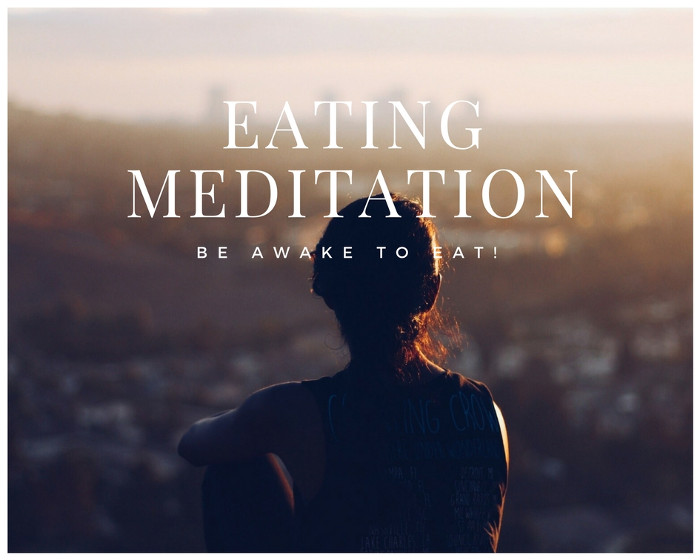
Meditation is one of the most popular treatments for headaches. Research has shown that meditation can reduce tension and lead to relaxation. In addition, it can be very beneficial for people who experience frequent headaches and migraines, as it helps to isolate the areas that cause pain. The practice of this meditation can reduce the severity of migraines and help with headaches.
Meditation has been shown to reduce headache pain. Meditation can reduce pain from headaches. It does this by clearing your mind of any negative thoughts and encouraging sustained focus. Several researchers have even found that people who practice meditation reported improvement in migraine-related disability and reduced pain intensity. Mindfulness and Kundalini are the two main types of meditation. Both allow people to be more present and free from their thoughts.

Although meditation is a great way to relieve headache pain, some people find it difficult. This practice, among other things, requires you to meditate for long periods and then turn off all thoughts. For those who aren't familiar with meditation, this can seem daunting. However, there are many techniques that can help to reduce the suffering and pain of migraines. It is possible to start practicing meditation once you understand the basics.
Some studies have shown that meditation can decrease the duration and intensity of a migraine. The Wake Forest Baptist Medical Center in North Carolina gave 19 migraineurs access to a stress relief program. This included mindfulness meditation, Yoga, and Yoga. Participants were required to meditate for 30 minutes each day. The benefits were not statistically significant but they did show shorter headaches. For anyone suffering from chronic headaches, this may be a good option.
Meditation can reduce headache pain and offer many other benefits. Meditation can reduce stress and relax the body. It reduces migraine frequency and severity. It also increases pain tolerance. A mindfulness-based meditation program was used to help 92 patients in one study. The subjects of the study were taught to meditate for half an hour each day. These results were only visible after four weeks. However, the participants in control groups received no benefit.

Meditation for headaches has been shown to decrease migraine attacks and their severity. By increasing the heart rate variability, it helps improve cardiovascular health, sleep better, and improve psychological resilience to stress. Those suffering from chronic headaches should try meditation for headaches to reduce the number of migraines. It will make their lives easier and less stressful. It is also a great way to boost their mood. In addition to reducing the frequency and severity of their migraine attacks, meditating improves their overall health.
FAQ
What is the difference of fat and sugar?
Fat is an important energy source, which comes from food. Sugar is a sweet substance that can be found naturally in fruits or vegetables. Both fats, as well sugars, provide the same number calories. But, fats have more calories than sugars.
The body stores fats and they can lead to obesity. They cause cholesterol buildup which can lead to strokes and heart attacks.
Sugars are quickly absorbed into the body and provide instant fuel. This causes blood sugar levels to rise. High blood glucose levels can be dangerous because it increases the risk of developing type II diabetes.
What is the working principle of an antibiotic?
Antibiotics can be used to kill bacteria. Antibiotics are used for treating bacterial infections. There are many options for antibiotics. Some are taken orally, some are injected, and others are applied topically.
People who have been infected with certain germs may need antibiotics. For example, if someone has had chicken pox, he or she might take an oral antibiotic to prevent shingles later on. An injection of penicillin may be necessary to prevent pneumonia if someone has strep.
Doctors should prescribe antibiotics to children. Children are at greater risk than adults for developing serious side effects from taking antibiotics.
Diarrhea is one of the most common side effects of antibiotics. Other side effects that could occur include nausea, vomiting and dizziness. These symptoms generally disappear once the treatment has finished.
How often should I exercise?
Exercise is essential for maintaining a healthy lifestyle. You don't have to exercise for a certain amount of time. Find something you like and stay with it.
If you work out three times a week, then aim to complete 20-30 minutes of moderate intensity physical activity. Moderate intensity means you'll still be breathing hard after you've finished. This type of workout burns around 300 calories.
If you prefer to walk, go for 10 minute walks four days a week. Walking is low impact and easy on your joints.
If you'd rather run, try jogging for 15 minutes three times a week. Running can help you burn calories and to tone your muscles.
You should start slowly if it's your first time exercising. Start with just 5 minutes of cardio a few times a week. Gradually increase your cardio time until you reach the goal.
Statistics
- According to the 2020 Dietary Guidelines for Americans, a balanced diet high in fruits and vegetables, lean protein, low-fat dairy and whole grains is needed for optimal energy. (mayoclinichealthsystem.org)
- This article received 11 testimonials and 86% of readers who voted found it helpful, earning it our reader-approved status. (wikihow.com)
- nutrients.[17]X Research sourceWhole grains to try include: 100% whole wheat pasta and bread, brown rice, whole grain oats, farro, millet, quinoa, and barley. (wikihow.com)
- Extra virgin olive oil may benefit heart health, as people who consume it have a lower risk for dying from heart attacks and strokes according to some evidence (57Trusted Source (healthline.com)
External Links
How To
27 Steps to a Healthy Lifestyle when Your Family Buys Junk Food
The best way to eat healthily is to cook at your home. But, it can be hard to make healthy meals because many people don't know how. This article will offer some suggestions on making healthier dining choices at restaurants.
-
Consider eating at restaurants that serve healthy meals.
-
Before you order any meat dishes, make sure to order salads or vegetables.
-
Ask for sauces made without sugar.
-
Avoid fried foods.
-
Instead of ordering fried meats, request grilled meats.
-
Order dessert only if you absolutely need it.
-
After dinner, make sure you have something to eat.
-
Always eat slowly and chew your food thoroughly.
-
Take plenty of water with your meals.
-
Breakfast and lunch should not be skipped.
-
Have fruit and veggies with every meal.
-
Use milk, not soda.
-
Sugary drinks should be avoided.
-
Reduce salt intake.
-
Try to limit the time you go to fast food places.
-
If temptation is too strong for you, invite someone to be your friend.
-
You should not allow your kids to watch too many TV programs.
-
When you are eating, keep the television off.
-
Do not consume energy drinks.
-
Regular breaks from work are important.
-
Get up early and go for a run.
-
Get active every day.
-
Start small and then build up slowly.
-
Set realistic goals.
-
Be patient.
-
Exercise even if it's not your favorite thing to do.
-
Use positive thinking.